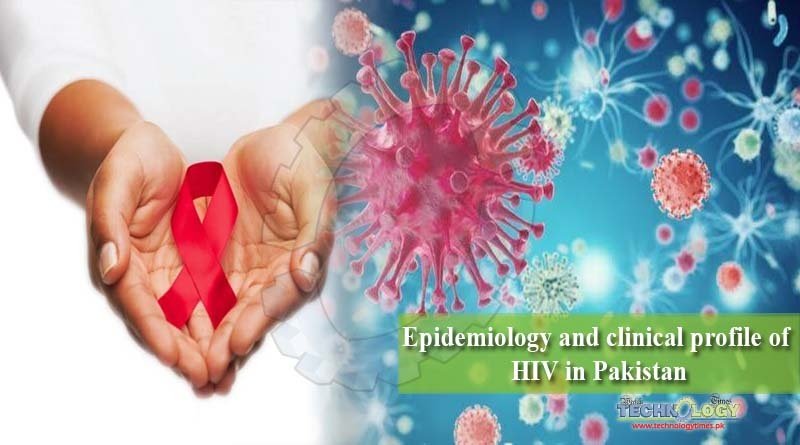HIV stands for human immunodeficiency virus. HIV infection is most concerned and challenging health issue now a days in Pakistan.
 Although this infection is present worldwide in high ratio but there are four countries which has high incidence of HIV infection and unfortunately Pakistan is one of them.
Although this infection is present worldwide in high ratio but there are four countries which has high incidence of HIV infection and unfortunately Pakistan is one of them.
HIV is a Retrovirus which belongs to the family Retroviridae. It attacks the body’s immune system by damaging CD4 T cells. These cells are necessary for the immunity. Immunity is the ability of the body to fight against many infections After entering in the body, virus grows and multiply in CD4 T cells and destroy these cells and body get many infections and even cancer of many types.
Virus enter in body by means of body fluids like blood transfusion, semen and vaginal secretion and breast milk. Contaminated needle prick is also a mode of transmission. Although occurrence of this virus is worldwide, yet there is no cure and effective treatment for this virus. Untreated HIV infection may lead to cause AIDS (Acquired immune deficiency virus syndrome).
Basically, there are 3 phases of disease pathogenesis, firstly acute phase in which virus multiply very fast and CD4 counts low. Minute flue like illness, rash and fever are the first sign and symptoms. After this virus goes to the latency stage in which virus hide itself and grow secretly, even decades. When CD4 count is as much low as 200 per cubic mm, then this stage is called AIDS. Body may develop infections which leads to death. There is no vaccine for it.
The major risk factor for spreading HIV is injectable drug users which share a common syringe for drugs. Another major factor is health care practice, such as excessive and unsafe use of needles. And third major risk factor is sex workers which spread HIV.
In Pakistan the first case of HIV is reported in 1987, which is due to blood transfusion from the infected person, since then the incidence rate of HIV infection increases. According to a recent study, Punjab has 75000 new cases of HIV while Sindh, Islamabad and Baluchistan have 60,000, 6675 and 5275 cases respectively.
According to gender analysis, men has more HIV cases than female. A recent epidemic is reported in Larkana, Sindh. This is the fourth big epidemic in this city. In 2003, the first epidemic, all the persons who was affected are intravenous drug abusers. Second epidemic was in 2016 in which 12 children was affected. Third was also in 2016 in which almost 206 patients in dialysis unit are affected. Now fourth epidemic is in 2019, almost 876 people are positive for HIV infection, 75% among them are children of age less than 15 years. This is an alarming situation.
In Larkana 349 homosexual was tested for HIV out of which 79 are positive, 280 transgenders are tested out of which 206 are positive for HIV. These transgenders serve as sex worker and therefore the big source of HIV infection. A recent study reveals that 55.55% transmission is among heterosexual, 11.73% is due to blood transfusion and 2% due to injectable drug users and 2% from mother to child.
There are almost 6000 HIV related deaths in Pakistan. Almost 1,50,000 cases of HIV are present in Pakistan and out of which only 21000 are reported.
The basic need is awareness about the disease, its consequences and outcomes. And a proper and rapid diagnosis system should be there, so that disease manage at time. Other preventive measure includes use of syringe single time, proper sexual protection, limited sexual partner, screening for STDs, use sterile drug injection and never sharing of personal things like razor brush etc. if test is positive then use of post infection prophylaxis.
